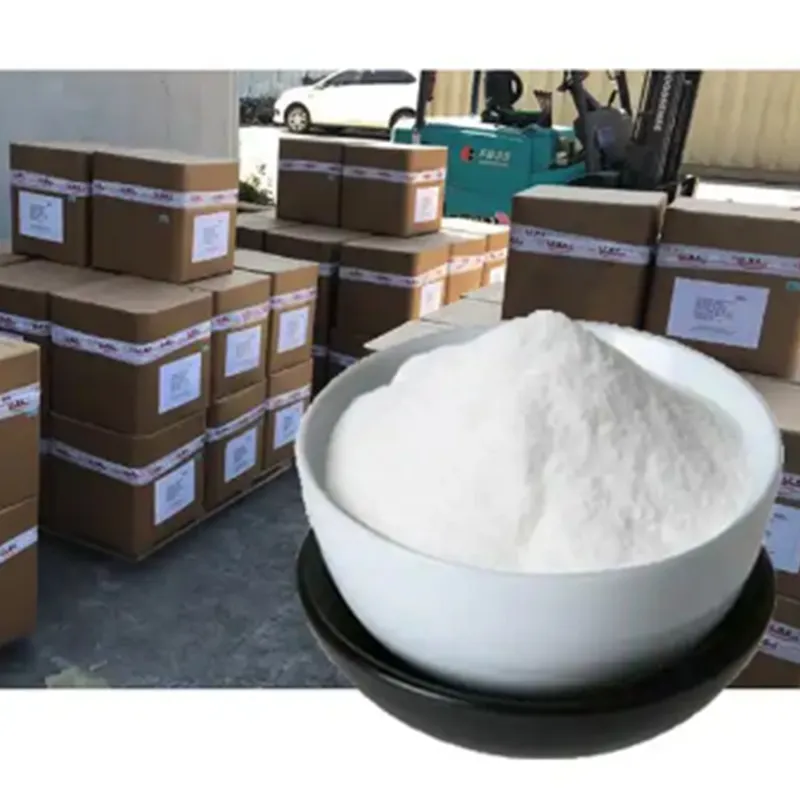
Exploring Food Coloring Agents and Their Impact on Nutrition and Safety
Colouring Agents in Food Understanding Their Role and Impact
Food has always been a significant part of human culture, often celebrated for its aroma, taste, and visual appeal. One crucial aspect that enhances the visual aspect of food is the use of colouring agents. These agents not only make food more attractive but also play an essential role in the food industry by influencing consumers' perceptions and experiences.
The Purpose of Colouring Agents
Colouring agents, also known as food colorants, are substances added to food to enhance or restore its color. Their primary purpose is to make food more visually appealing, which can significantly impact consumer choices. Studies have shown that consumers often associate certain colors with specific flavors; for instance, people generally expect strawberries to be red and bananas to be yellow. If the color is off, it can lead to a perception that the food may be unripe, spoiled, or simply unappetizing.
In addition to aesthetic appeal, colouring agents can also serve practical purposes. For instance, in processed foods, they can help mask the fading of natural colors that occurs during production and storage. They also play a role in standardizing products, ensuring that consumers receive the same visual experience each time they purchase their favorite item.
Types of Colouring Agents
Colouring agents can be classified into two main categories natural and synthetic. Natural coloring agents are derived from plant, mineral, or animal sources. Examples include beet juice (for a reddish color), turmeric (for yellow), and spirulina (for blue-green hues). These natural agents are often perceived as healthier and more wholesome, leading to a growing trend among consumers seeking clean-label products.
colouring agents in food

Conversely, synthetic colouring agents are chemically produced and can offer a broader spectrum of colors and more stable formulations. Common examples include Red 40, Yellow 5, and Blue 1. While synthetic colorants provide consistency and vibrancy, they have been subjects of debate regarding their safety and potential links to health issues, including allergic reactions and hyperactivity in children. As a result, many consumers are becoming more cautious about the consumption of synthetic additives.
Regulation and Safety Concerns
The use of colouring agents in food is regulated by authorities such as the Food and Drug Administration (FDA) in the United States and the European Food Safety Authority (EFSA) in Europe. These regulations ensure that coloring agents are tested for safety before they are approved for consumer use. Despite this, there is ongoing scrutiny and research regarding certain synthetic colorants. As a result, some countries have banned specific artificial colors, prompting manufacturers to seek alternatives or revert to natural colorants.
Public perception plays a significant role in the shift toward natural colouring agents. The clean eating movement, which emphasizes minimally processed foods, has led many consumers to favor items free from artificial additives. This trend has encouraged food manufacturers to invest in research and development for natural alternatives that can meet consumer expectations without compromising on color quality or safety.
Conclusion
Colouring agents are more than just additives; they are an essential component of the food experience. They enhance visual appeal, contribute to consumer expectations, and play a role in food marketing. As the demand for transparency and health-conscious choices continues to grow, both the food industry and consumers will need to navigate the complex landscape of food colourants, weighing their benefits against potential health concerns. Understanding the roles and types of colouring agents can empower consumers to make informed choices about the food they consume, fostering a more conscientious approach to dietary habits.
-
Pure Sodium Dichloroisocyanurate Dihydrate | Powerful DisinfectantNewsAug.29,2025
-
Industrial Chemicals: Quality & Purity for Every IndustryNewsAug.28,2025
-
Nitrile Rubber Honoring Strict Production StandardsNewsAug.22,2025
-
Aspartame Ingredients Honoring Food Safety ValuesNewsAug.22,2025
-
Fertilizer for Balanced Plant NutritionNewsAug.22,2025
-
Cyanide Gold Processing with High Purity AdditivesNewsAug.22,2025
-
Formic Acid in Textile Dyeing ApplicationsNewsAug.22,2025
Hebei Tenger Chemical Technology Co., Ltd. focuses on the chemical industry and is committed to the export service of chemical raw materials.
-

view more DiethanolisopropanolamineIn the ever-growing field of chemical solutions, diethanolisopropanolamine (DEIPA) stands out as a versatile and important compound. Due to its unique chemical structure and properties, DEIPA is of interest to various industries including construction, personal care, and agriculture. -

view more TriisopropanolamineTriisopropanolamine (TIPA) alkanol amine substance, is a kind of alcohol amine compound with amino and alcohol hydroxyl, and because of its molecules contains both amino and hydroxyl. -

view more Tetramethyl Thiuram DisulfideTetramethyl thiuram disulfide, also known as TMTD, is a white to light-yellow powder with a distinct sulfur-like odor. It is soluble in organic solvents such as benzene, acetone, and ethyl acetate, making it highly versatile for use in different formulations. TMTD is known for its excellent vulcanization acceleration properties, which makes it a key ingredient in the production of rubber products. Additionally, it acts as an effective fungicide and bactericide, making it valuable in agricultural applications. Its high purity and stability ensure consistent performance, making it a preferred choice for manufacturers across various industries.





